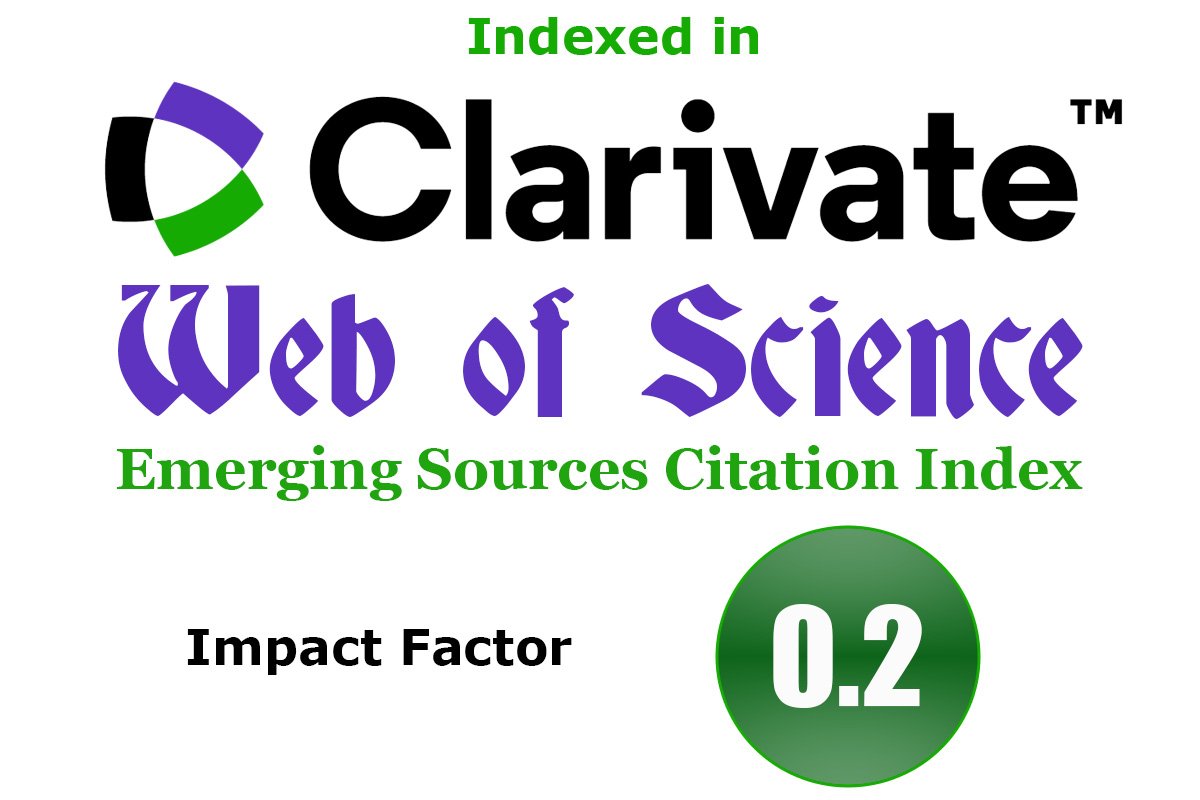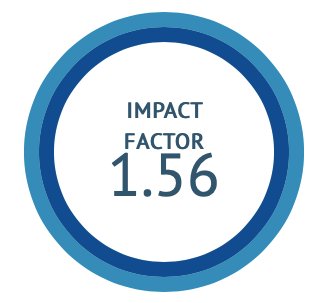The Effect of Rasona Vati (Allium sativum) and Shuddha Guggulu Vati (Commiphora mukul) in the management of Gridhrasi
DOI:
https://doi.org/10.47552/ijam.v16i1.5462Keywords:
Gridhrasi, Sciatica, Rasona, Shuddha GugguluAbstract
Background: Gridhrasi (Sciatica)is increasingly prevalent today, largely attributed to modern contemporary lifestyles, which have led to a marked rise in cases of low back pain and sciatica. Given these factors, there is a growing recognition of the limitations of conventional treatments, which typically focus on analgesics, physiotherapy, and surgical interventions. While these methods can offer temporary relief, they often fail to address the underlying imbalances within the body. This article aims to evaluate a reliable approach to managing Gridhrasi, addressing both symptoms and root causes to improve patient’s outcomes and overall quality of life. Objectives:To evaluate the efficacy of Rasona Vati (Allium sativum) and Shuddha Guggulu Vati (Commiphora mukul) in Gridhrasi. Materials and Methods:A randomized clinical study was conductedon 60 patients of Gridhrasi (Sciatica) and were evaluated on subjectiveparametersRuka, Toda, Stambha, Spandana, Gaurava, Tandra and Aruchi), and objective parameters of VAS Score, SLR and Low-Back Outcome Score by Greenough and Fraser). Results:The study assessed that both treatments yielded significant improvements across subjective and objective parameters.Shuddha Guggulu Vati outperformed Rasona Vati and showed promising improvement in reducing the symptoms of Gridhrasi.
Downloads
Published
How to Cite
Issue
Section
License
Copyright (c) 2025 International Journal of Ayurvedic Medicine

This work is licensed under a Creative Commons Attribution-NonCommercial-ShareAlike 4.0 International License.
The author hereby transfers, assigns, or conveys all copyright ownership to the International Journal of Ayurvedic Medicine (IJAM). By this transfer, the article becomes the property of the IJAM and may not be published elsewhere without written permission from the IJAM.
This transfer of copyright also implies transfer of rights for printed, electronic, microfilm, and facsimile publication. No royalty or other monetary compensation will be received for transferring the copyright of the article to the IJAM.
The IJAM, in turn, grants each author the right to republish the article in any book for which he or she is the author or editor, without paying royalties to the IJAM, subject to the express conditions that (a) the author notify IJAM in advance in writing of this republication and (b) a credit line attributes the original publication to IJAM.




